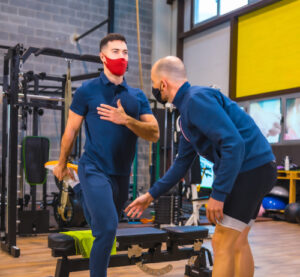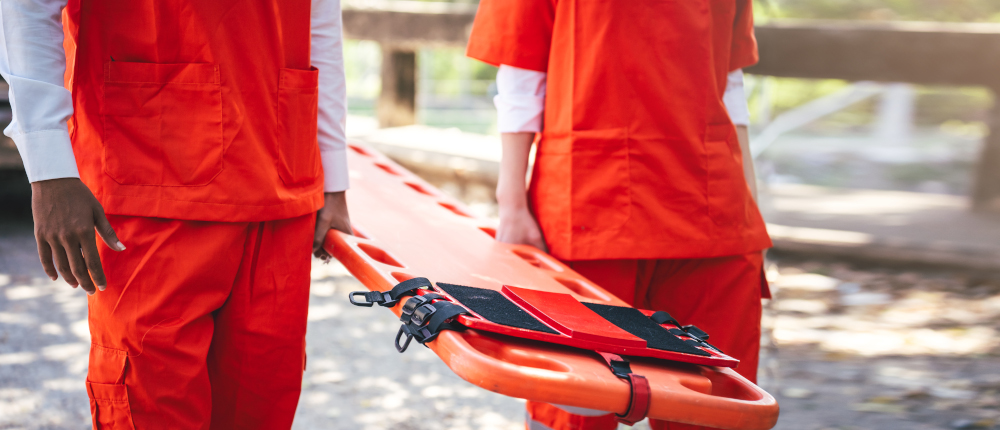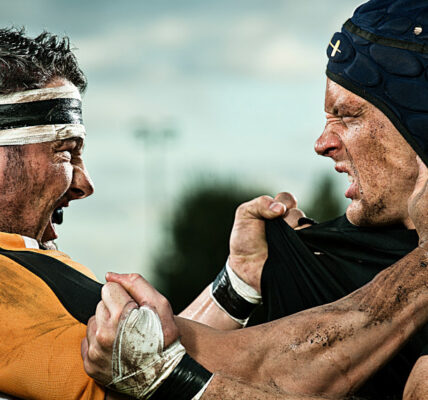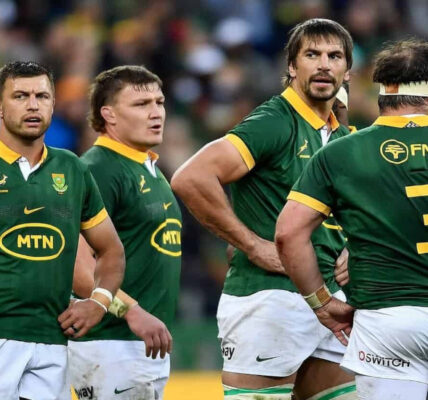In the long shadow of Kings Park Stadium, where the smell of grass and sweat lingers long after the final whistle, there is a quieter group of professionals moving through corridors and sideline benches with steady hands and sharp eyes. They are not players, coaches, or referees. They are the physiotherapists, strap technicians, and injury fixers, the ones whose work often decides whether a season continues or ends in silence. While crowds cheer and television cameras pan across try lines and tackles, these individuals watch from the edge, waiting for the moment they are needed. And when that moment comes, it is not with fanfare or drama, but with a calm presence that has kept KwaZulu-Natal’s rugby alive for longer than most fans realise.
In Durban, among the city’s quieter rugby clubs, there is a man named Trevor who has spent the past twenty-five years on the sidelines. He is not famous. His name does not appear in match reports or sponsorship reels. But almost every player who has come through his club knows him by sight. Trevor’s work begins long before kickoff and stretches long after the final whistle. It starts with taping ankles, checking shoulders, running cold packs onto bruises that haven’t yet become injuries. It continues through the match itself, watching every movement with the practiced gaze of someone who knows the difference between a harmless knock and a moment that will need his hands.
Trevor, like many physios attached to KZN’s rugby clubs, operates with a mix of formal training and hard-won experience. Some are university-qualified, others self-taught or trained through years of working alongside more experienced hands. The one thing they all share is an instinct for the game. It is not just about muscle groups and ligaments. It is about knowing the players. Understanding when to push them and when to pull them off the field.
The culture around these injury fixers is one of quiet respect. Players trust them with decisions that could change the course of a career. A taped knee might hold for another ten minutes. Or it might be the difference between finishing a match and spending six months off the field. In a sport as physical as rugby, where impacts come hard and often, these calls carry weight.
What makes their work more complex in KwaZulu-Natal specifically is the variety of settings. Some physios work at big stadiums with full medical teams and advanced equipment. Others operate on the edge of township fields, where there is no physio bed or ultrasound machine, just a folding chair, a roll of tape, and whatever supplies fit into a weathered kit bag. But the work remains the same. Keep the players moving. Keep the season alive.
At smaller clubs, physios often double as counsellors, confidants, even family mediators. It is not unusual for players to show up early before practice just to talk. About injuries, sure, but also about everything else, life outside rugby, personal struggles, decisions about whether to keep playing or hang up their boots for good. The injury fixers listen, tape in hand, doing as much emotional repair as physical.
 Their busiest nights are not always during the biggest matches. Often it is the lower league games, where players push themselves harder because they know there are fewer eyes watching. Or the pre-season friendlies, when bodies are out of rhythm and conditioning hasn’t fully returned yet. These are the times when injuries stack up, torn hamstrings, dislocated shoulders, sprained ankles. And through it all, the physios work without pause, moving from player to player like quiet mechanics in a high-speed garage.
Their busiest nights are not always during the biggest matches. Often it is the lower league games, where players push themselves harder because they know there are fewer eyes watching. Or the pre-season friendlies, when bodies are out of rhythm and conditioning hasn’t fully returned yet. These are the times when injuries stack up, torn hamstrings, dislocated shoulders, sprained ankles. And through it all, the physios work without pause, moving from player to player like quiet mechanics in a high-speed garage.
One of the challenges they face, particularly in township and amateur settings, is the limited access to follow-up care. Players who suffer serious injuries do not always have the means to see a specialist or afford long-term rehabilitation. In these cases, the local physio becomes more than just a sideline presence. They become the first and often only line of support. Home visits, check-ins via WhatsApp, advice shared late at night, all part of the job that never officially appears on any contract.
There is also an unspoken understanding between players and physios. Not every injury gets reported. Some players hide pain because they do not want to miss a match. Some physios tape up a knee knowing full well it should be rested. But there is a balance. A sense of responsibility that overrides short-term bravery when needed. Physios carry the weight of those decisions, and the best of them know exactly when to say no, even if it earns them an angry glare in the moment.
Over the years, physios like Trevor have built reputations that stretch beyond their clubs. Stories circulate quietly through KZN’s rugby circles, about the physio who saved a player’s knee with an improvised brace made from sideline materials, or the one who recognised a concussion others missed and got the player the help they needed before things turned serious. These aren’t publicised. They aren’t listed under match stats. But they are remembered by the players whose careers continued because someone knew what to do at the right time.
As rugby evolves in South Africa, with technology playing a bigger role and sports science teams growing at professional levels, there is always a risk that the quiet skill set of these sideline injury fixers gets overlooked. But in places like KwaZulu-Natal, where rugby culture is deeply rooted in both formal stadiums and informal township fields, their presence remains vital. They are part of the game’s fabric, not on the posters, not in the highlight reels, but there in the background, shaping outcomes as surely as any try or tackle.
Long after the crowds leave and the lights dim, the physios stay behind, packing away tape rolls, cleaning down benches, making quiet notes about who will need extra care before the next match. Their work does not end with the whistle. It stretches into the quiet hours, into the days between games, into the space where a player’s future is decided not by points on a board, but by the steady hands and sharp eyes of someone whose job it is to keep them moving.




